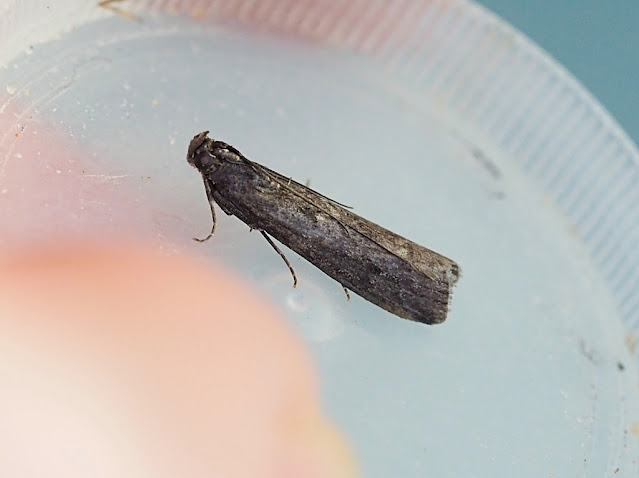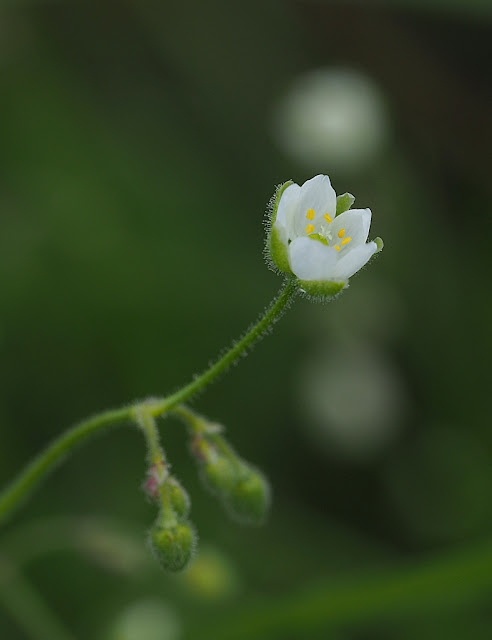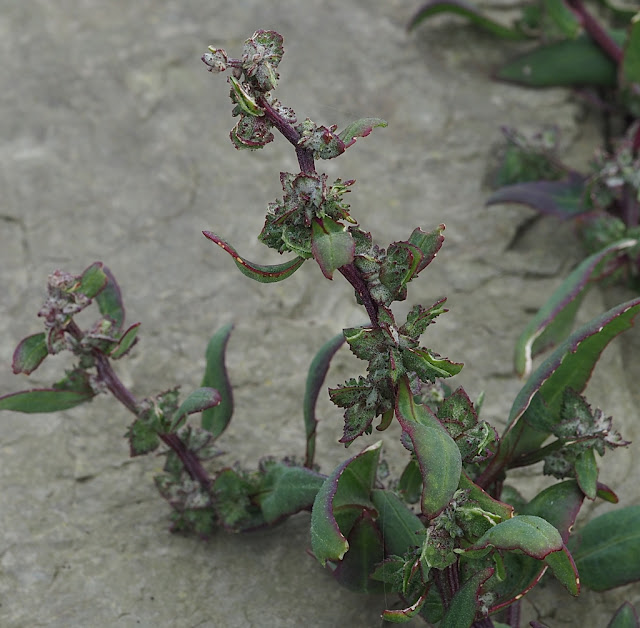No blog post as I've been tied up with stuff, life stuff, going south and then preparing a talk for the Orkney Field Club. The talk was done and dusted on Friday, it was a "blended" affair, live at the St Magnus Centre and on Zoom. I'm not all that familiar with Zoom, having mostly used Teams during the pandemic. Anyway, battling with two laptops and various bits of unfamiliar IT gear did my head in a bit, but managed to get everything up and running before the 7.30pm start, with some stalwart online support. Unfortunately, we forgot to press the "Record" button; so it goes. The slides are on a new page on this blog.
I fell down, literally, on the beach at Warbeth, chasing a wind-blown, empty, dog shit bag. Fell down being an understatement, it was a "high speed" crash and roll, extraordinary. I've done something to my left hip as a result which is a tad uncomfortable. This added to the burnt off finger pads I had managed the other day; now that was painful. The fingers are healing fairly quickly now, I can type again fairly normally. (Note to self, wear gloves when handling cement.) I feel a tad battered.
I also fell down with this ID.
 |
Lesser Broad-bordered Yellow Underwing.
|
I'm so familiar with this species but it was worn, no green on the thorax above the head, pale, and a month after I saw my last one. I wondered if it was a weird Ingrailed Clay, I had one south this summer that wasn't dissimilar. Online it was suggested that it was a long odds possibility for Langmaid's Yellow Underwing, Noctua janthina. I'd let it go, having eventually seen the orange on the hindwing. Whist it did look odd, I think my difficulty with Noctuids was closer to the reason for the misidentification, I need to factor in heavy wear and go with my instincts, a bit of over-thinking perhaps caused this ID error. I'd done a similar thing with a bug earlier in the week. Interestingly, N. janintha has apparently been proven by barcoding, there was doubt in some quarters that it was really a species, however, there is quite a neat costa feature that might be a more straightforward way of splitting the more awkward individuals from N. janthe. This might be useful in the future, that's if I can narrow the ID down more accurately!
The only other more interesting moth of late has been Red-green Carpet. It wouldn't let me get an upperwing shot, so this will have to do.
 |
Red-green Carpet.
|
Further incompetence led to me damaging my Kowas. I left them out in the rain for a few hours. They should be waterproof but it was a fair downpour. Anyway, Kowa's repair system appears to be pretty efficient, and being six years old they could do with a service. I have my old Nikon HGs which are still very serviceable if a tad heavy.
It's been a fair old week.
New bird for the patch, Garden Warbler, indeed, possibly there were two in the garden. Nearly thirteen years to get a Garden Warbler.... There have been Goldcrests on a couple of days, an Osprey again, this time at Loch of Boardhouse, and a female Marsh Harrier at Bosquoy where there are big numbers of ducks. Swallows have been regularly into three figures in the late afternoon as birds go to roost, but most noticeable has been a big increase in crows. Up to 14 Hoodies, two Carrion Crows and a single hybrid in the last week.
 |
Carrion Crow (or dark hybrid) with Hoodie in the background.
|
A strong north-westerly is brewing, just about right for Leach's if I get my act together tomorrow morning.
































